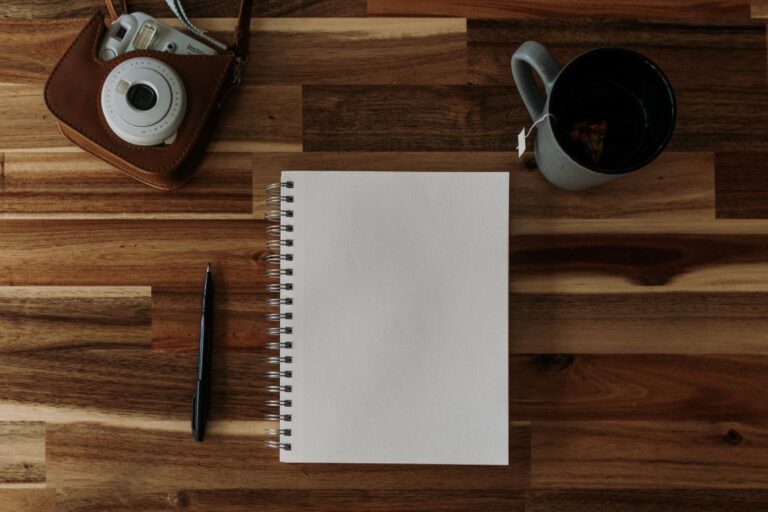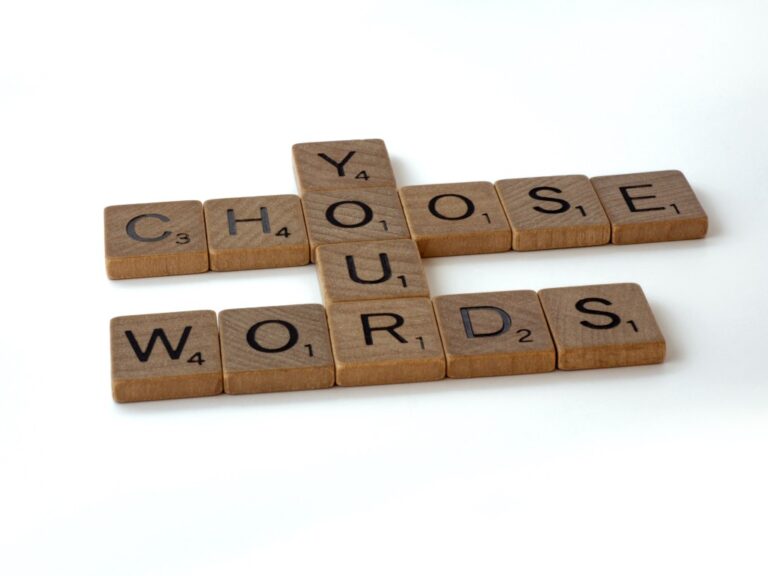The Artists Business Lounge
Art Business Coaching for Visual Artists
Reasons why artists need to be able to write good copy, and 9 tips to do just that.

Artists Writing Copy
But I’m an artist, not a writer…
We’ve all heard it said about the Artist’s Statement “Why do I need to write about my work? If I wanted to be a writer, I would be a writer!”
Sorry to say artists, but being able to write good copy is a skill you need to have if you are engaging with potential collectors, buyers, collaborators, and gallerists. Whether that’s by your social media posts, your website, email or any other written communication, like proposals and submissions.

What is ‘copy’?
Copy is the written outcome of copywriting. It is the text you read and the way that text is arranged.
Copywriting is the act of creating persuasive and engaging written content for a variety of purposes, such as web content, and marketing.
It is a form of writing that focuses on creating content designed to capture the reader’s attention and motivate them to take action. It typically involves using persuasive, creative, and informative language to encourage readers to take the desired action
That action could be clicking a link, sharing content, making a donation to a cause, making a purchase, reading a blog post, or scheduling a meeting.
The desired action will relate to the reason you wrote the copy in the first place – its purpose.
Every time you write an exhibition proposal, grant application, or project submission that you want someone to say yes to, you are writing copy.
So, you see, writing well is not just used for what we think of as ‘marketing’, it is a central skill set for all kinds of visual artists.
In addition to any meaning directly communicated by the artwork itself, writing copy provides another opportunity for you to showcase your creativity and communicate ideas in a succinct and meaningful way.
Writing copy also helps artists reach a wider audience and get their work seen. It helps the artist establish a professional identity or ‘brand’ (what you want to be known for) and build their reputation.
Good copy helps an artist create strong, engaging connections with their audience, encouraging active interest in their work.
Importantly, taking the time to craft copy can help an artist to better understand their own work and the value it can bring to others. Therefore, the reflection and consideration that goes into writing copy can lead to further creative developments in the artist’s work.
Are you ready to improve your copywriting?

Five traits of great copy
Here are five traits of great copy: clarity, conciseness, accuracy, readability, and relevance.
Clarity ensures the content is easy to understand and straightforward.
Conciseness means the content is not overly wordy or verbose, but instead is succinct and to the point.
Accuracy ensures the information is correct and up-to-date.
Readability ensures your copy is organised in a way that flows well and is easy to read and easy to skim through.
Lastly, Relevance ensures the content is relevant to the subject matter. That it has a purpose and provides value to the user (informative, entertaining, inspiring, interesting).
Words aren’t all that matters in writing.
In addition to the words, the structure of the overall piece is important. There is a reason newspapers have the big news and headlines on the front page!
The fact is people skim-read, and they give up if the first few sentences don’t capture their attention.

Here are nine tips to improve your copywriting and encourage people to read through to the end:
1) Know your audience: Whom are you writing for, and what do they want to know? Understanding your target audience is critical to writing effective copy.
2) Start Strong: The heading needs to capture attention. The first couple of sentences need to be interesting enough to encourage the reader to continue reading. Craft a catchy headline or title that will grab the reader’s attention and write a strong opening sentence
3) Use a clear structure: Make sure your copy is organised in a way that flows well. Keep paragraphs short (3 sentences or less), and make use of formatting, headings, bullet points, and other visual cues such as images to reinforce your message and help guide your reader
4) Keep sentences and the overall copy concise: Don’t use too many words. Be succinct and to the point to get your message across with the fewest words possible.
5) Use active voice and eliminate passive phrases: Writing in the active voice makes your copy more engaging and easier to read and avoiding passive phrases makes your writing more confident.
6) Tell a story: Use storytelling to draw the reader in and create emotional connections, and use strong adjectives to create vivid images in the reader’s mind.
7) Use highlights: Pull out key points eg Quotes, #Tip, or a snappy phrase and make them stand out (e.g. indented text, different format text, bold, italics, quote marks or whatever is relevant)
8) Proofread: Read your copy several times to check for errors and typos.
9) Call To Action (CTA): Lastly, because the purpose of great copy is to encourage the reader to take one particular action (e.g. approve your submission, contact you, make a purchase, come to an event, sign up to your mailing list etc.) you need to include a clear call to action. This will help guide your reader and make it easier for them to take the next step.
I hope you find those tips useful the next time you need to write, or rewrite some copy.
Good luck!
You may also want to check out our blog post: Crafting Artwork Descriptions for Your Website

Some of the ways you can work with me
Individual Coaching – find out more here and submit your expression of interest
Buy the Your Target Audience course (all courses come with bonus lounge access)
Join the Success System Program, our amazing 12-month bells and whistles program.


